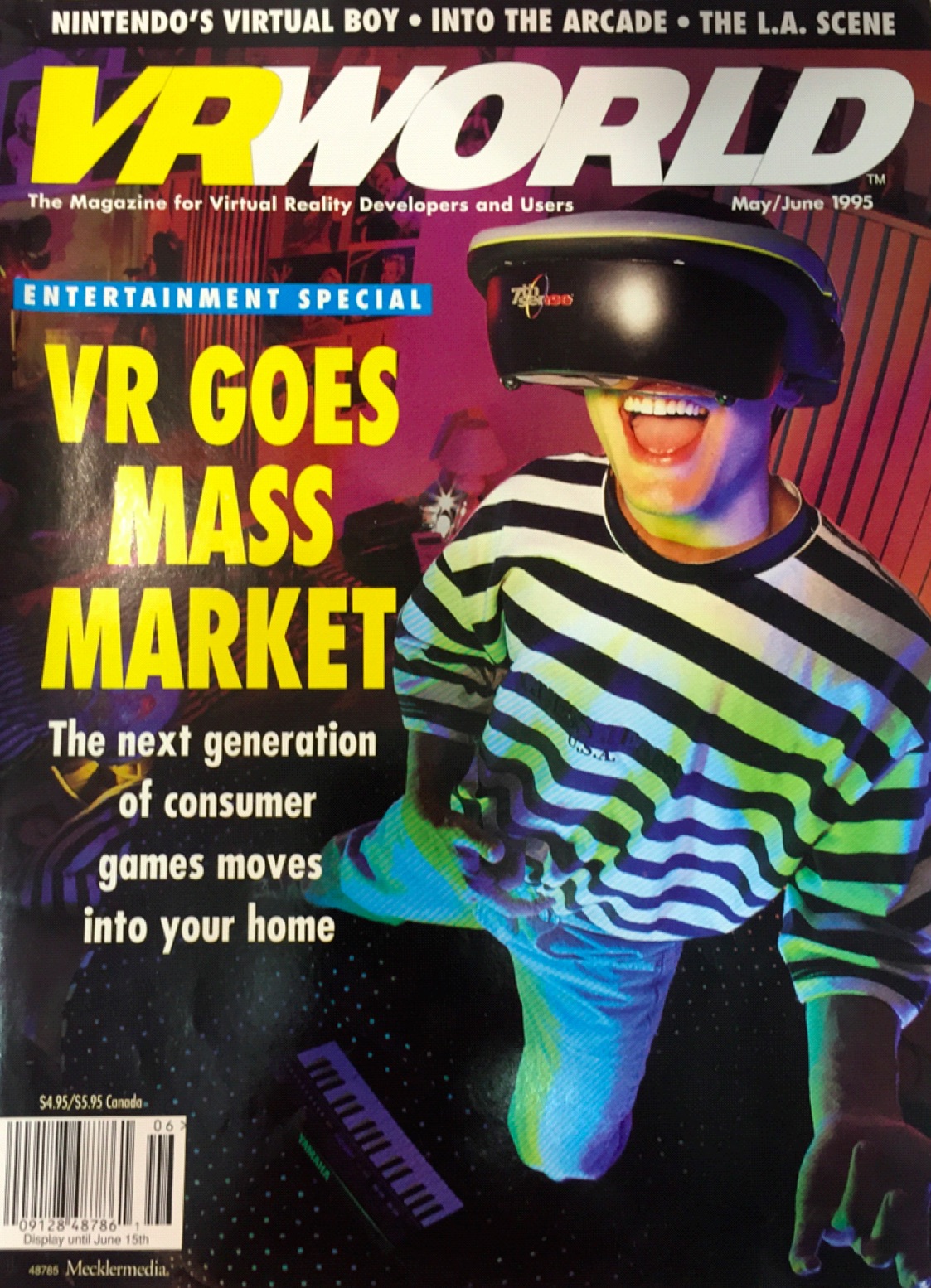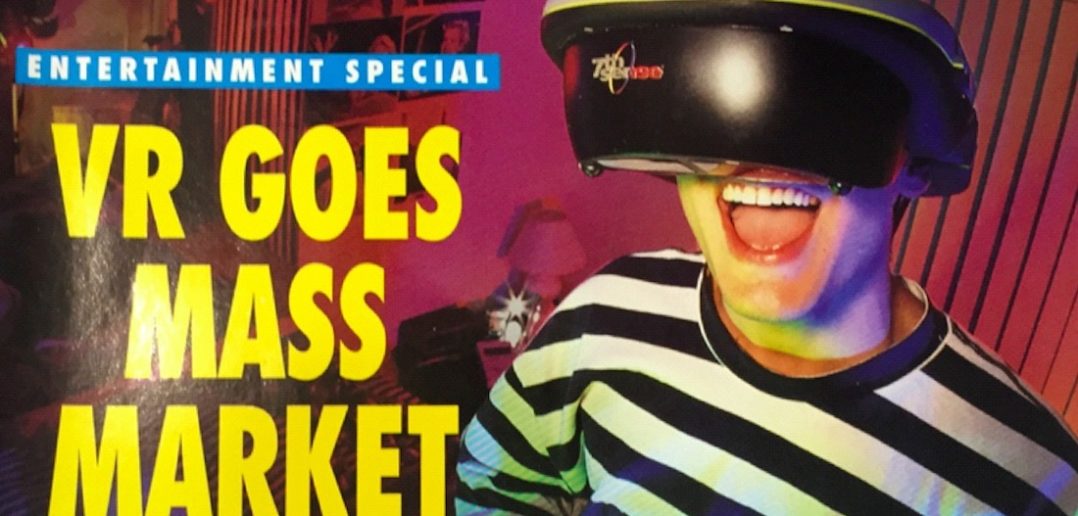This is the latest in a series of posts from leading VR and AR influencers in the run-up to MIPTV 2017. The posts are coordinated by VAST MEDIA, a Berlin-based media consultancy.
The Over the Top (OTT) television model refers to the way of consuming television content which escapes from the linear broadcast model, and to the SVOD model, which escapes from the advertising model, letting producers create original series without pressure from brands and agencies. It affects the audiovisual model organisation in a sustainable way. This model transforms a market of offer and prescription, to a market based on on-demand, and on consumer’s preferences. And thus it transforms the business, from an industrial and a cultural point of view. If we try to summarise the impact of OTT TV in two points, we could state that:
- The subscription model – as SVOD – rules out advertising (classic advertising, excluding product placement) and allows producers to freely produce the content and the stories they want
- Thanks to digital culture, Big Data logic is often used by OTT services (think Netflix) in order to scrutinise viewers’ preferences and provide them with what they want, and for producers to test their programmes upstream on their viewers
We could say that this has two main consequences: an impoverishment of the prescription cultural property and on the other hand, it is a way for producers and creators to innovate in terms of storytelling (especially in fiction) and reinvent how to tell stories for a new generation.
This disrupted model of traditional TV is embodied by Amazon Video ($350bn market cap). In fact, the company got to be worldwide with more than 200 countries. It is also embodied by Netflix (190 countries, $50bn market cap) and LeTV in China (more than 400 million users, $13bn market cap). But will these new structures, the new digital ecosystem, have an impact on the “buzz word” since 2014: Virtual Reality?
Virtual Reality is 20 years old. Immersive worlds, both virtual and augmented reality, are quite old concepts. The Virtual Boy from Nintendo already provided VR games in 1995.
Who will achieve a massive production in this new virtual world? Will it be studios in China or in the US? Will it be VR headset manufacturers?
Everybody can agree that content is king and platform is queen… but there is also mutual agreement over the real lack of qualitative VR content at this point. On the one hand, Virtual Reality, or even Augmented Reality and Mixed Reality, will need to invent a specific grammar for VR/360°, able to engage a new audience which grew up with video games, snacking video and Netflix series. On the other hand, despite the absence of a significant market growth (except for the short term B2B market), it will require investments to take part in this new economy.
Plenty of small independent studios are appearing in Canada, the US, Europe and France, such as Apelab, Neotopy, Innerspace and Black Euphoria. They share their passion in answering brand problematics during the tender process. In this context, they produce advertising experiences to play in stores, showrooms or various events. Other studios and producers are trying to create and write new stories and experiences, positioning themselves as scriptwriters for virtual reality, aiming to become the new Spielberg for VR.
But as explained above, there are hardly any customers ready to pay yet, and there are still very few investments in studios, except for studios like Felix and Paul studio, Baobab studio or WEVR.
We should keep in mind that VR productions are complex and expensive as Netflix productions. Netflix announced that it is going to invest $6 billion for content in 2017, of which 50% are original creations, which are setting new standards in terms of original content quality and budget. On the lower end, one episode costs $3.8m in production.
In this very special period, while waiting for mass-market adoptions, we hope to see manufacturers and VCs invest massively in VR creation studios and new VR talents, but also to see the major studios continuing to invest in VR pieces, as a transmedia solution to promote its movies in theatres.
And what will be the role of GAFAN (Google, Amazon, Facebook, Apple, Netflix) and BATX (Baidu, Alibaba, Tencent, Xiaomi)? Facebook and Google already jumped on the VR bandwagon, with Facebook investing $2bn in Oculus and announcing plans to invest another $3bn in the next 3 years. Google invested in the Daydream ecosystem and Apple bought different companies in 3D facial recognition. What can we expect from content creators such as Netflix (after the Netflix VR app), Amazon (after filling different VR job positions currently available) and from the Chinese VR industry? The future will tell…




